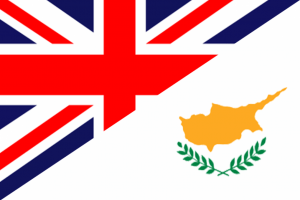Economic overview of Australia
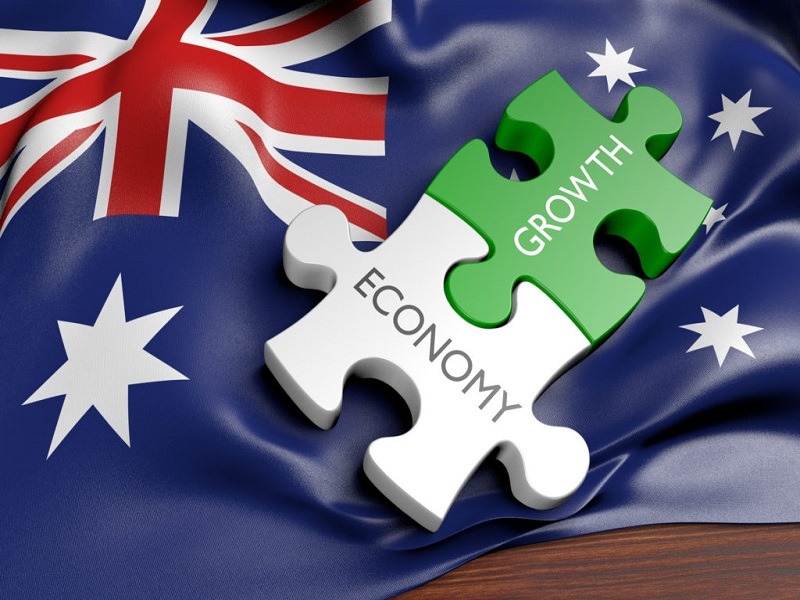
QUICK FACTS
- Population:
- 25.2 million
- GDP (PPP):
- $1.3 trillion
- 2.8% growth
- 2.6% 5-year compound annual growth
- $52,373 per capita
- Unemployment:
- 5.4%
- Inflation (CPI):
- 2.0%
- FDI Inflow:
- $60.4 billion

1. Economic Overview
Australia’s economic freedom score is 82.6, making its economy the 4th freest in the 2020 Index. Its overall score has increased by 1.7 points, led by improvements in scores for government integrity and fiscal health. Australia is ranked 4th among the 42 countries in the Asia–Pacific region, and its overall score is substantially higher than the regional and world averages.
Australia has been a leader in economic freedom ever since the inception of the Index in 1995, and its economy has been in the highest, free category for the past 14 years. GDP has recorded steady gains, although the growth rate could slow in coming years because of softer world trade growth and faltering investment.

Far from resting on its laurels, the new government plans to promote investments in infrastructure, cybersecurity, and digital payments platforms while also pursuing further regulatory and industrial policy reforms as well as personal income tax cuts, all of which should drive economic freedom in Australia even higher.
See more: Australia immigration program
2. Why Australia
2.1. A large and growing economy
Despite Australia comprising just 0.3 per cent of the world’s population, its economy is expected to be the 14th largest in the world and the fifth largest in the Asian region in 2019. Australia’s nominal GDP is estimated at US$1.5 trillion (almost A$2 trillion) and accounts for 1.7 per cent of the global economy. In 1999, Australia’s total production value was just US$411 billion, meaning it has more than tripled in two decades.
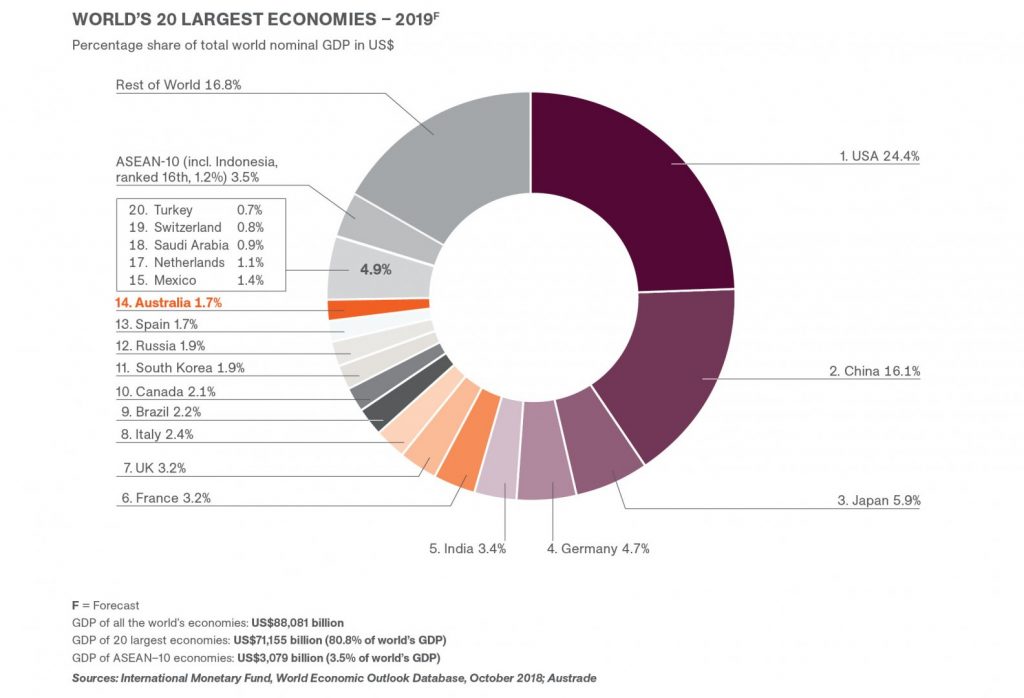
2.2. 28th year of consecutive annual economic growth
Australia has entered its 28th year of uninterrupted annual economic growth, increasing more than three per cent on average each year since 1992. Australia is the only major developed economy to have recorded no annual recessions from 1992 to 2018. The economy’s robustness is sustained by solid policy frameworks, strong institutions, an attractive investment environment and deep trade ties with the Asian region.
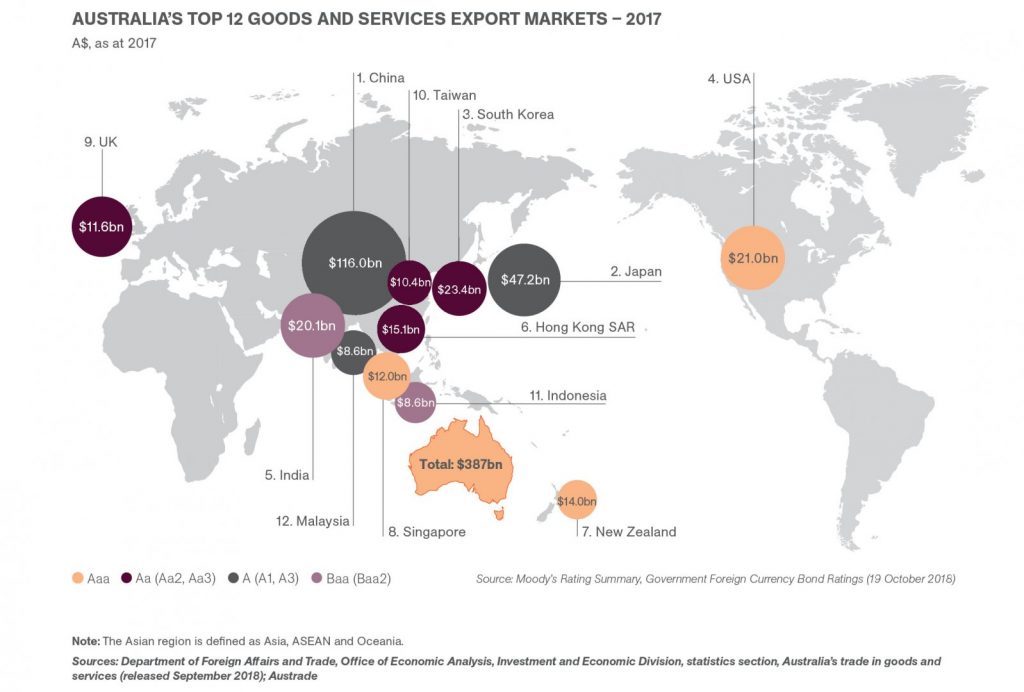
2.3. Highest growth among major advanced economies
Australia has continued to enjoy a robust economic performance relative to other developed economies while adjusting to the end of the mining boom of the 2000s. Australia is expected to realise average annual real GDP growth of 2.7 per cent between 2019 and 2023 – the highest among major advanced economies and up from an average growth rate of 2.6 per cent between 2014 and 2018.
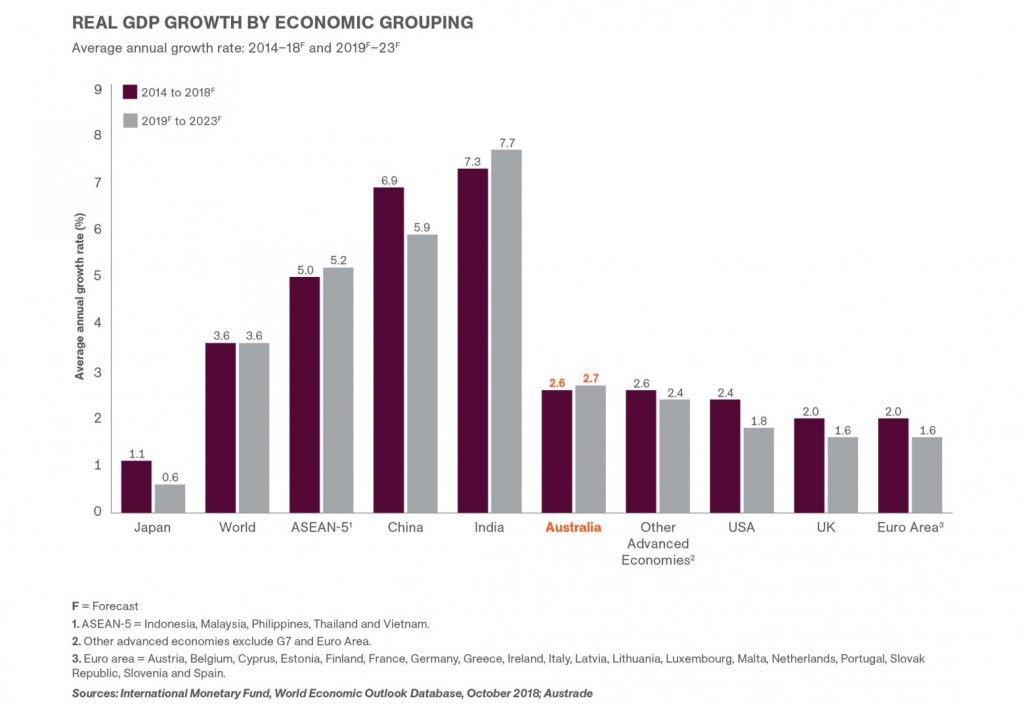
3. Main Sectors of Industry
Traditionally, Australia is an importer of finished goods. Its industrialisation is fairly recent, a fact which explains the small scale of its manufacturing sector. Nevertheless, the sector is characterised by high productivity levels, with 75% of the industries rating above the global average. The industrial sector employs 19.3% of the workforce and contributes to almost a quarter of the GDP (24.1%). The manufacturing industry is built around the food industry (approximately 40% of the workforce), machinery and equipment (around 20%), metal processing and metal goods (nearly 20%) and the chemical and petrochemical industries (slightly more than 10%).

Agriculture employs 2.5% of the workforce and contributes 2.5% to the GDP. However, the agricultural and mining sectors are the most important for exports: Australia is a vast agricultural country and one of the world’s main exporters of wool, meat, wheat and cotton.
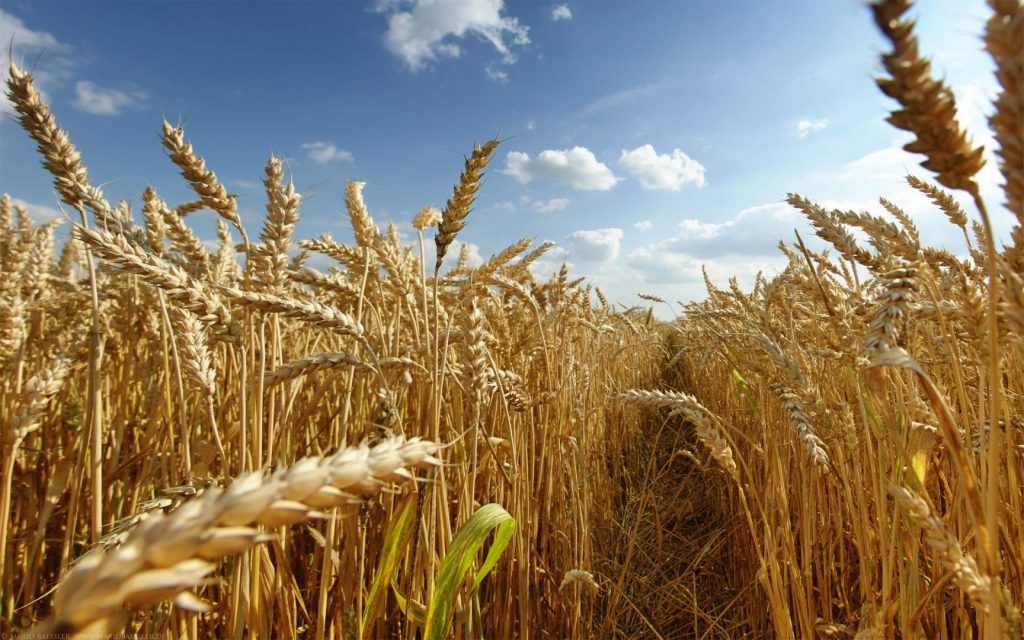
The country is overflowing with mineral and energy raw materials, which secure substantial revenues when exported (Australia is the world’s largest producer of iron ore, gold and uranium, and will soon become the world’s largest LNG exporter). In fact, iron ore exports alone account for 24% of the country’s total annual exports. Autralia also has the world’s largest reserves of numerous strategic resources, such as uranium, of which it holds 40% of the world’s confirmed reserves.
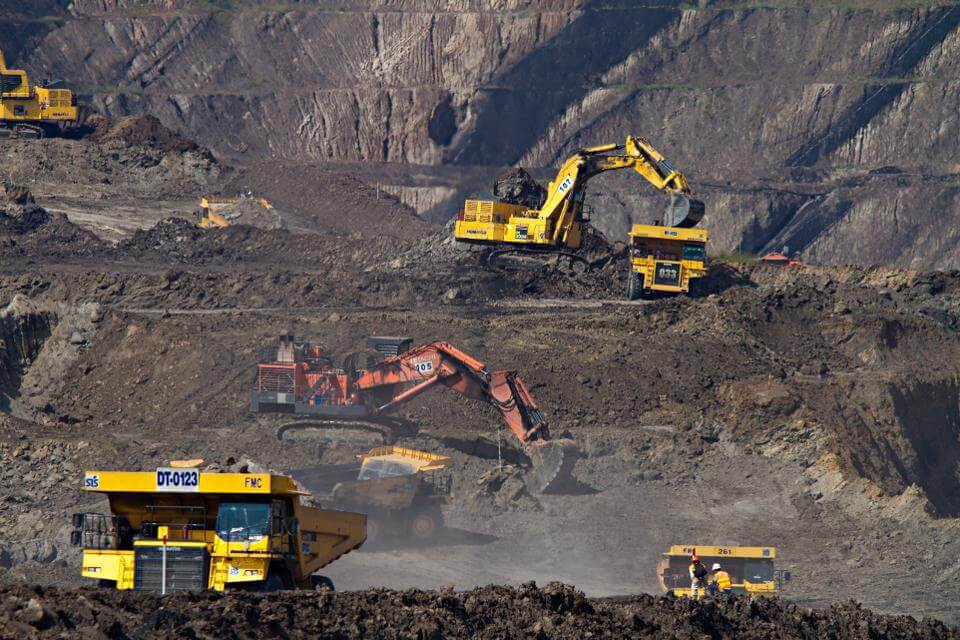
The services sector occupies a dominant position in the Australian economy, contributing to 67% to the GDP and employing 78.1% of the workforce. The biggest growth in this sector has been the rise of business and financial services (holding the world’s sixth largest pool of managed fund assets). Health care and social assistance have also given a fundamental contribution to growth. Travel services, such as education-related travel, recreational travel and business travel services have also been growing significantly.

Australia is one of the most desirable travel destinations because of its beautiful natural landscape, coastal areas, red deserts, and rainforests. More than 7 million visitors came to Australia in 2017 attracted by beautiful sandy beaches, unique flora and fauna, the hospitality of the people and world-class food and wine. All this adds 38 billion AUD to the economy employing approximately one million people. The high number of tourists comes from China, Singapore, Japan, Great Britain and the United States.
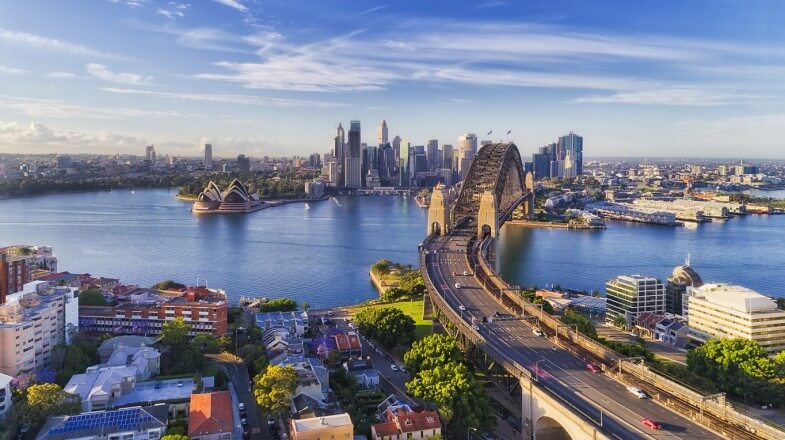
Read more Frequently asked questions about Australia immigration




